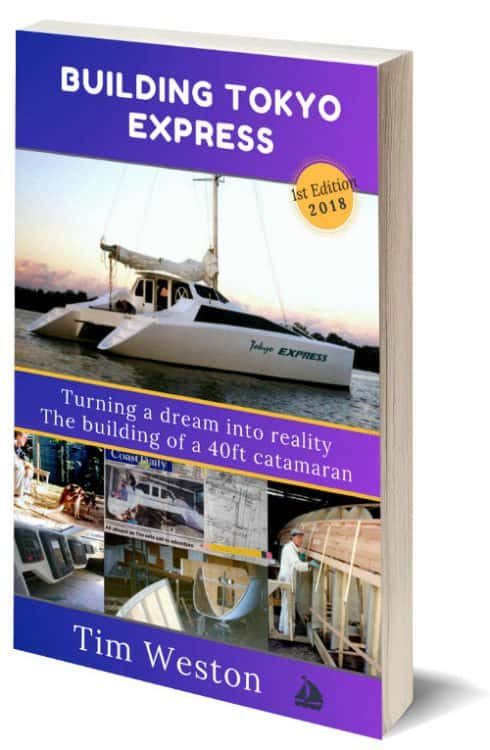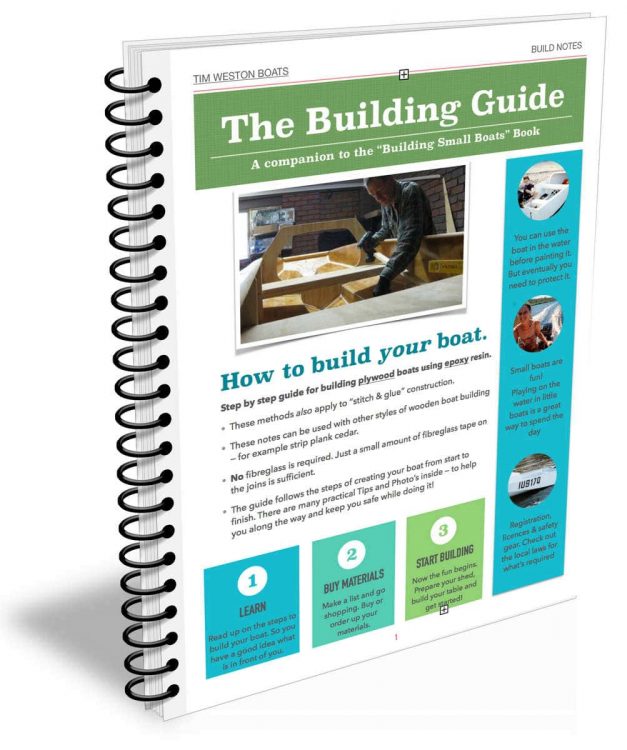A method for keeping your prints stuck to the printer bed, without the need for tape. I found this way to prepare the bed for printing ABS, it is simple and cheap. With 3D printing bed adhesion can be a big problem, printing in ABS plastic with parts warping and lifting off the bed, read on to find out more.
I started off using kapton tape, which was supplied to me by the store when I bought my printer. Which worked sort of OK, but the tape degrades pretty quickly, every time you remove the model from the bed after printing it gets scratched and cut up more and more and pretty soon needs replacing.
So I tried using other tapes, including expensive 3M and other exterior grade builder/painter tapes etc. None worked as well as the kapton tape. But kapton tape is expensive and not so widely available. I tried different glues, hairsprays and other recommendations I had googled but they proved even less effective. I had been using acetone to bond printed parts of larger prints with great success and following advice, I mixing up a juice and tried using it on the bare glass bed plate but it didn’t stick too well to the glass.
I was using the ABS juice however to “reweld” lifting sections of prints to the kapton tape and this worked well. If a part starts lifting, while it is still printing, you can use a thin piece of wood i.e. a tongue depressor or screwdriver to work a bit of ABS “juice” between the underside of the part that has lifted and the bed. You can try and hold the lifted part down till the juice dries or just leave it as is. It doesn’t always work but often time it does, the glue dries quickly with the heat of the bed and the part doesn’t warp any further. I have saved a lot of prints this way.
After a lot of experimenting I came up with a solution that I have been using ever since. I found by rubbing Bostik Blu stick (or glu stick) on to the bare glass of the bed, after heating the bed and then after it dries brushing on a mix of ABS juice, the prints stuck better than ever before. They stuck so well that on occasions, removing the parts actually removed slivers of glass from the bed! Hasn’t happened often but it really sticks the parts down..
The ABS juice is just a mixture made by dissolving old bits of ABS plastic into acetone. It takes some hours for the plastic to dissolve fully into the acetone, add just enough till you get a fairly runny mix. Not too much plastic in it that it gets too thick.
Once the bed has been “primed” using the glue stick, there will usually remain a layer of ABS juice on the bed after printing and the part has been removed. For the next print all that is needed is a light coat of fresh juice brushed onto the existing layer of juice in the area where you will be printing.
Only if you have scrapped all the juice off, back to bare glass do you need to use the glue stick to prime the glass again. I use high heat on the bed and the fans are turned off completely on the print head.
This system has worked well for me, better than any other method I tried and better than kapton tape. I print this way every print and I haven’t had to buy tape since.
My parts stick better than any other method I have tried and it costs me next to nothing. You just need the tiniest amount of acetone, which you can buy in any paint or hardware store and scrap ABS plastic you have all around you for free.
I hope this helps you with your prints. On my 3D printing page, there is a video that may give you a little better idea of what I am talking about.
Happy printing.
Tim
Like this post? Subscribe to get more DIY and boatbuilding tips.







I’ve been using purple glue sticks for many years now on my printbed (which is a mirror that was cut to size by a box store after my boroscillite glass broke one night for no reason). It seems to be a timing thing. I build my models in solidworks with 1 computer, and user an older one to run the printer. As I complete a design, I will manually turn the bed and extruder on (for and 100c bed, 220-230c extruder). I then go through the process of saving as an stl, emailing it to myself so I have a second backup. At this point my bed is around 50-55c. I go ahead and hit the build plate with the glue stick, starting in one corner, down over back up, over back down, once I cover my build area, I do a second pass from side to side. It goes down purple, dries white, but normally before it completely glazes over to white, my printer is ready to begin.
After the print completes, if I don’t feel like waiting for the bed to cool, I just pop the bottok with a plastic trim removal tool (think plastic crow bar so it has a 90 degree bend on one side perfect to bump with your palm).
Subsequent prints gets sprayed with a small spray bottle of hydrogen peroxide (use this for algea control on rocks in my aquarium, but I’m sure water will work the same on the printer) to reset the glue, if I have a particularly bare spot I may use a paper towel to re smear the glue back into a full sheet. This is sprayed at the same time the bed and extruder are turned on, with the intention of it being dry before it starts printing.
Thanks for your comment Jeff!